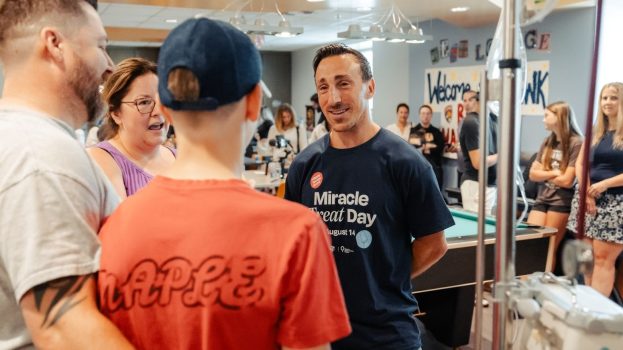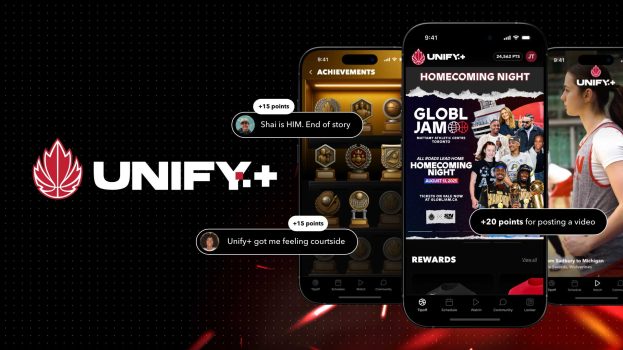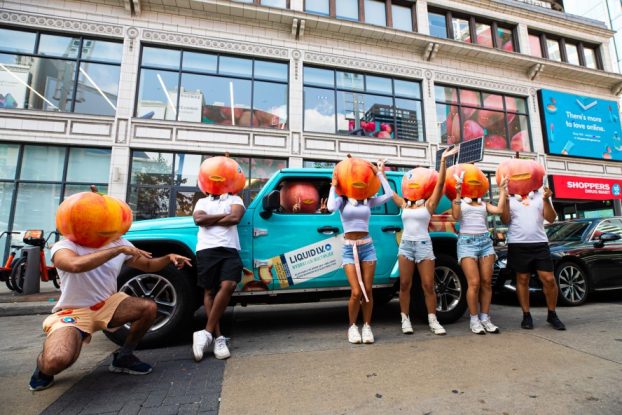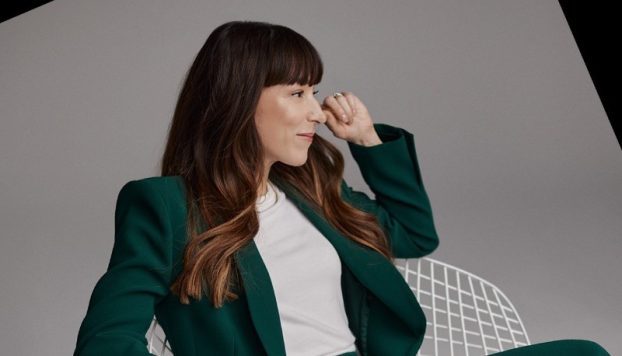By Scott Lew
Once upon a time it was totally kosher to throw a TV spot up on YouTube, hope for a bunch of views, and call it a successful venture into digital media.
My, how times have changed – and if you have anything to do with content marketing, they’ve changed for the better. The evolution of digital content has provided brands with so much more than just an opportunity to showcase their product or service in an impressive film.
Conversation starters
Where TV spots aim to get audiences to take immediate action (Call now, wear this, buy me, eat more), digital video content can be used to start conversations about a brand and its values.
Positioned within a social media platform that facilitates conversation, the video can be less about a direct call to action, and more about a thought-provoking subject. For example, we recently worked on a social campaign for Lululemon where we wanted to spark a conversation that would associate the brand with active menswear.
As long as your digital video content inspires an audience to get involved with the conversation, it doesn’t always have to look like a million bucks to be successful. The next time you’re looking to create some video content, consider the platform and the conversation that can follow. Ask a question or encourage people to share an opinion.
There’s more to the story
A series of TV spots from a single brand tend to have a similar style, mood, tone, and sometimes even characters. But the 60- and 30-second stories are usually independent of each other. On TV, this works nicely as you never know what spot the audience has already seen. Online is actually quite different. With digital content you can create longer, more character-driven stories that connect to other mediums like websites, podcasts, VR experiences and more. Digital video can be one of many different types of content you can use to tell a compelling story.
Adjust on the fly
When a TV spot is final, it’s really final. Meaning, once it’s gone to air, there’s no turning back. With regards to digital videos, there’s actually quite a bit more wiggle. By nature, digital video content simply can’t be launched and abandoned. They are created to generate two-way conversations between the brand and audiences. And for the most part, these conversations are extremely valuable. By simply giving audiences a platform to respond to what they’ve just seen, heard or read, brands can learn so much about who is consuming their content, what is working, and how to adjust or pivot midway through the campaign based on the response.
Targeted video content
There will always be a place for the commercial that’s created for a mass audience. And there will always be a place for TV advertising on local news because they are speaking to a core audience with knowledge of what’s happening in and around their area. Digital marketing on the other hand is different. With laser-focused targeting, brands can now reach small, yet extremely outspoken and powerful groups of brand advocates. By creating video content specifically aimed at fans of the brand, you’re giving them a sense of exclusivity. And what happens when someone feels exclusive on social channels? That’s right, they share it. When done properly, targeted video content can be a hugely powerful tool when building a community of advocates.
More bang for your buck
Lately, the name of the game is more for less, and a great way to gather additional digital content is to piggyback a TV shoot. A great example is this Geico campaign starring none other than rapper Ice T. The initial 30-second TV commercial was an introduction to the tone of the campaign but when explored online, the narrative continues and becomes increasingly more entertaining.
[iframe_youtube video=”EnR9ah0v1o4″]
[iframe_youtube video=”XAmOOFvdEg4″]
Agencies are always looking for ways to stretch the dollar and one way to get more out of a TV shoot is to think about what the online content is going to be before the cameras start rolling. Is there a great shot that didn’t make the final cut? Is there a storyline that can be explored beyond the 30-second time frame? Is there a compelling behind-the-scenes story? If you think of a TV spot as the feature film, then the digital content is the Blu-Ray with all of the extras. You’ll get the feature and anything else created to make the campaign feel bigger.
The next time you’re presented with an opportunity to promote video content online, don’t just upload your latest TV spot. Think about your platforms, your brand values, and the conversations you’d like to have with your audience.
The digital landscape lets brands interact with consumers in new and exciting ways, so if you’re still thinking of digital video as TV spots online, it’s time to change channels.

























